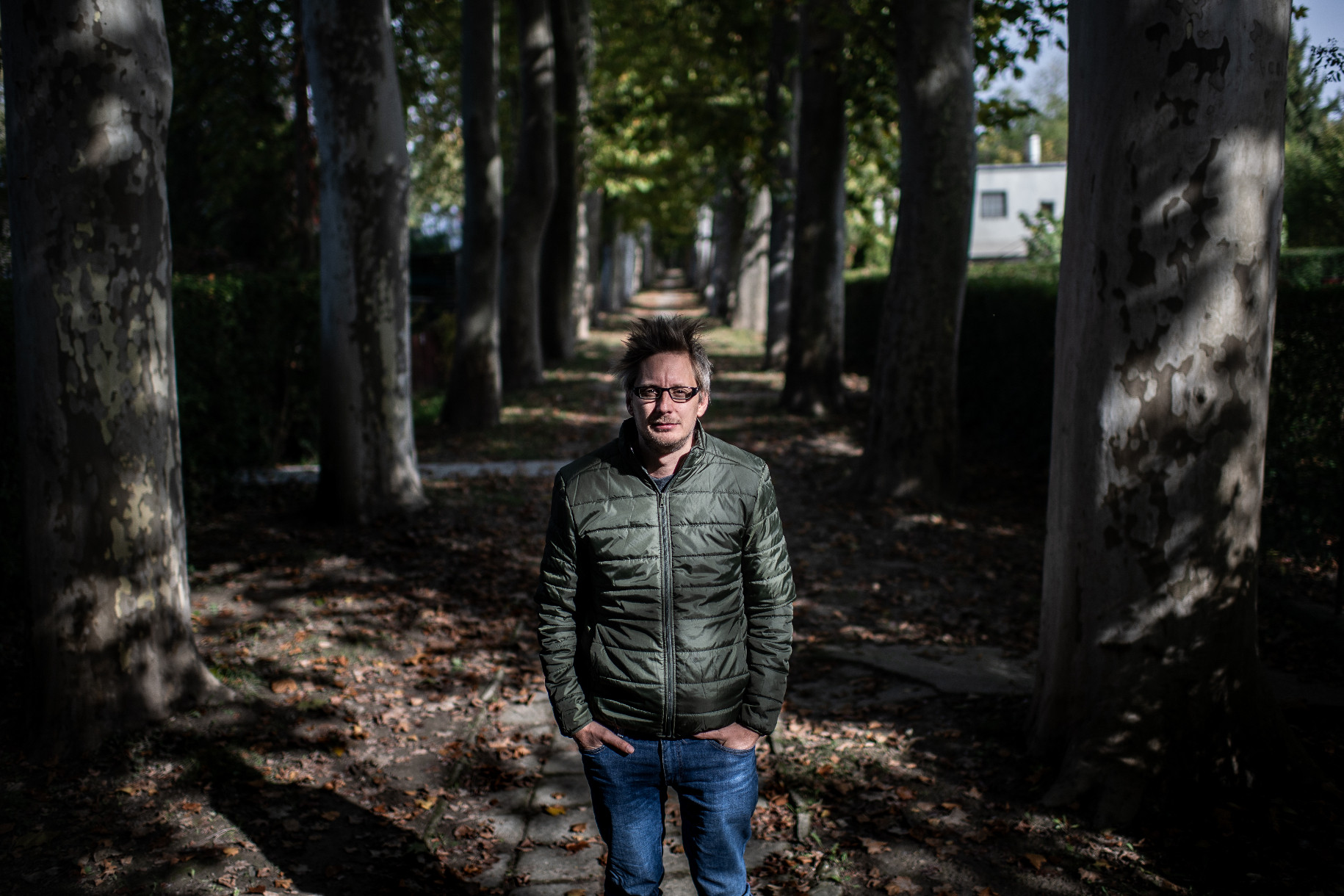

Reflexes in present-day Uralic languages of the PU/PFU word internal clusters "*l/*l′/*𝑟/*𝑗/*𝛿 (= *𝛬)/*𝛿′ (= *𝛿′) + (some vowel +) *𝑚" are explained by the palatalisation and subsequent semivocalisation of the first consonant the resulting semivowel either remained as it was, or underwent partial assimilation to the other consonant, or it was dropped: "𝐶 > Ć > 𝑗 ≳ 𝜃/ń". A 2019-es év talán legnagyobb könyves szenzációja, a Maffiózók mackónadrágban cím bestseller szerzje, a távozó indexes oknyomozó újságíró, Dezs András újabb alvilági történetek feltárására szánta rá magát.

Concerning the phonological reality of Proto-Uralic/Proto-Finno-Ugric/Proto-Ugric *𝛿 and *𝛿′, as well as the potential etymological correspondence of 𝑠-initial Finnic words with 𝑡 -initial words of the other Uralic languages, it is proposed that *𝛬 and *𝛬′ should be assumed rather than *𝛿 and *𝛿′, and the correspondence "Finnic 𝑠- ~ other Uralic 𝑡-" is explained by positing a PU/PFU *ϑ.

It is also discussed why *𝑘 does not similarly have dual reflexes (𝑘 ~ 𝑔) in Hungarian. With respect to the Hungarian reflexes of Proto-Uralic/Proto-Finno-Ugric/Proto-Ugric word initial *𝑝, *𝑡, and *𝑘, two reasons are suggested for the dual reflexes *𝑝 > H 𝑓 ~ 𝑏 and *𝑡 > H 𝑡 ~ 𝑑: (a) the word internal (primary or secondary) voiced consonant triggered the assimilation (that is, voicing) of the initial consonant (b) subsequently, due to an effort to eliminate homonymy, the closest congener of the initial consonant (that is, its voiced counterpart) replaced the original voiceless stop. Abstract: In this paper, the author poses three questions of historical phonology and gives explanations that are meant to be rational: 1.


 0 kommentar(er)
0 kommentar(er)
